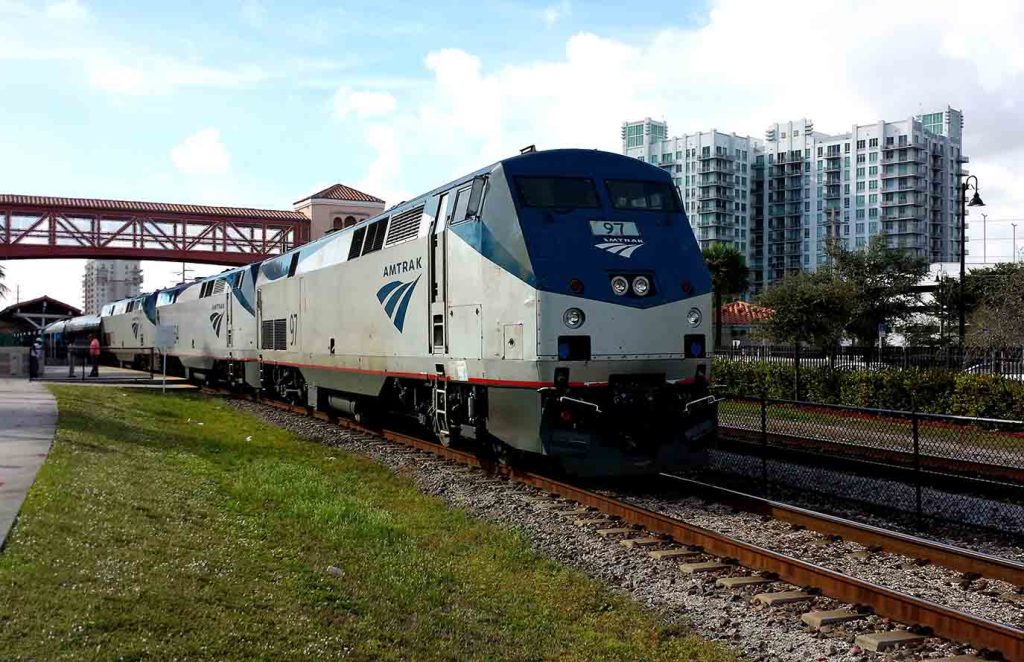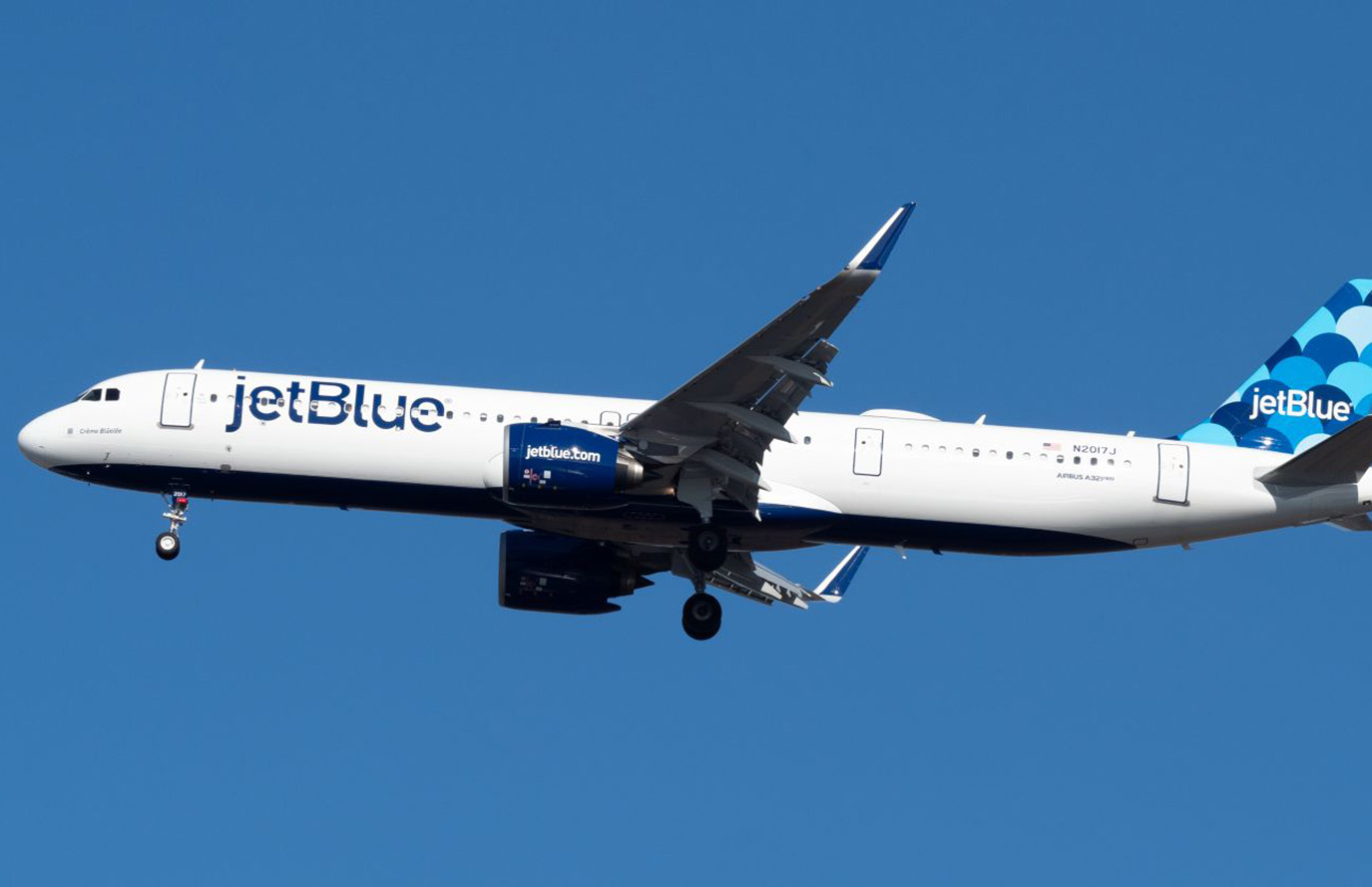Traveling from Miami to New York is not just a journey across over 2,000 kilometers along the U.S. East Coast—it’s also a transition between two completely different urban personalities. Miami offers passionate beaches and Caribbean vibes, while New York is a fast-paced, layered metropolis. When I planned to leave Miami for New York, it wasn’t simply about booking a ticket; it was about choosing the right pace of transition for my lifestyle.
I spent two full days comparing flight prices, transportation convenience, time cost, and comfort. Eventually, I narrowed it down to four main transportation options: plane, train, long-distance bus, and self-driving. Each has its pros, and of course, its traps.
1. Plane: The Fastest but Not Always the Cheapest
Naturally, flying is the first option that came to mind when thinking about the Miami-to-New York route. The two cities are over 1,750 km apart, and driving would take at least 20 hours. So I started with checking flights.
1.1 Plenty of Flights, Big Price Differences Based on Time
On omio, I entered the departure airport as Miami (MIA) and destination as New York (JFK/LGA/EWR). After filtering the dates, the site instantly showed a list of flight comparisons for that day and the following few days. I was surprised to find that early morning flights—around 6 a.m.—were often much cheaper than those at noon or in the evening, especially for budget airlines.
For example, prices I found that day were:
- JetBlue 6:05 a.m. departure from Miami, arrives JFK at 9:15 a.m.: $87
- American Airlines 12:20 p.m. departure, arrives 3:50 p.m.: $138
- Delta 5:30 p.m. departure, arrives LaGuardia 8:45 p.m.: $125
These price differences may vary day to day, but omio made it incredibly easy to spot trends. This was the first time I realized how handy omio was—its price trend graph was so intuitive, helping me avoid peak fares.
1.2 Hidden Costs: Luggage, Seats, Delays
Budget airlines are affordable, but beware of hidden costs. Initially, I planned to book the $87 ticket, but then discovered it only included carry-on luggage. Checked luggage would cost another $35. Seat selection? A window seat was $14, and more comfortable seats went up to $39.
Add to that the long security lines during morning rush hours at Miami Airport and the frequent delays due to bad weather—flying can get frustrating. A friend once took Spirit Airlines and was delayed for six hours, missing a meeting in New York.
If you’re short on time and your budget allows, flying remains the top choice. When booking on omio, I recommend using the filter “includes carry-on and checked baggage” to avoid surprise fees later on. This was the second time omio saved me a headache.
2. Train: A Scenic, Comfortable Ride—If You Have Time
The U.S. train system may not be as extensive as Europe’s, but you can indeed travel from Miami to New York by train, specifically via Amtrak’s long-distance routes—Silver Meteor or Silver Star. I’d always wanted to experience this train ride.
2.1 Nearly 30 Hours: This is a Scenic Journey, Not a Time Saver
I found on omio that Amtrak offers one or two trains daily from Miami:
- Silver Meteor: Departs 8:10 a.m. from Miami, arrives Penn Station NYC at 11:59 a.m. the next day
- Silver Star: Departs 11:50 a.m., arrives NYC at 7:06 p.m. the next day
It takes nearly 30 hours but passes through Florida, Georgia, North Carolina, Virginia, and Washington D.C. The views are amazing. I booked a seat on Silver Meteor through omio for $132, but you can also choose a sleeper cabin (Roomette) that costs over $350.

2.2 Spacious Cars, Ideal for a Slow Travel Experience
Amtrak offers much roomier seating than planes. You get power outlets, Wi-Fi, adjustable seats, and access to a dining car with hot meals. The train stops at cities like Orlando, Savannah, and Philadelphia. You can even break the trip into segments if you like.
If you’re traveling solo or with large luggage, this mode of travel is far more relaxed. The third time I praised omio was when it let me easily compare schedules and prices across both trains, including sleeper options.
3. Long-Distance Bus: Budget-Friendly but Time-Consuming and Exhausting
When traveling on a tight budget, long-distance buses are a transportation mode definitely worth considering. Providers such as Greyhound, FlixBus, and Megabus offer daily services between Miami and New York with multiple departure times, especially during weekends and holidays. The buses typically have reclining seats, onboard restrooms, and sometimes Wi-Fi or power outlets, but comfort levels can vary greatly between operators and even between buses of the same company.
3.1 Cheap Tickets, Very Long Rides
On omio, I found bus tickets starting as low as $68, making them one of the cheapest transportation options for this route. However, the downside is that the journey can take up to 32 hours, even longer than taking the train. This is due to the frequent stops along the way—sometimes over 20 different cities—and extended layovers. Many bus stations, especially in smaller towns, lack proper amenities such as seating areas, food vendors, or even restrooms, making the journey feel longer and more tiring.
Still, for budget-conscious travelers like students, this option can be a lifesaver. Omio is incredibly helpful here, clearly displaying departure times, transfer points, layovers, and whether the service is direct or requires changes. This transparency helped me a lot. I clearly remember the fourth time I used omio: I compared several overnight buses departing after 9 p.m. from downtown Miami, eventually choosing one that arrived in New York the following evening around 8 p.m. for just $72. It was one of the most affordable options and easy to book through the platform.
3.2 Great for “Get-There-Cheap” Travelers, Safety May Vary
While buses do save a considerable amount of money, they often fall short in areas like personal space, security, and consistency of service. Overnight trips, in particular, may involve stops in remote or less-policed areas, which can be uncomfortable, especially for solo travelers. I noticed that not all buses had functioning lights or working USB ports, and some had no assigned seating, leading to confusion during boarding. If you’re a solo female traveler, I’d strongly recommend choosing daytime routes or opting for alternative transport modes like trains or flights. The price difference may not justify the loss of peace of mind or rest. In such cases, omio proves helpful again by letting you filter departure times and check reviews and amenities, ensuring that you’re making the safest possible choice for your trip.
4. Driving: Ultimate Freedom, But at a Price
Driving from Miami to New York gives you full freedom, but it’s no small feat—over 20 hours behind the wheel and 2,000+ km to cover. Unless you’re breaking it into days, it’s exhausting.
4.1 Rental Fees + Fuel + Tolls = Expensive
I tried to find rental car options via omio—while it doesn’t offer car bookings, it does suggest transportation options to and from major stations and airports. Based on my own research:
- Car rental: ~$480 (pick up in Miami, drop off in NYC for a week)
- Fuel: ~$140 (average $3.8/gal, 37 gallons total)
- Tolls & Parking: $70+ (parking in NYC is notoriously expensive)
Altogether, it’s not cheap. If you’re splitting costs among two or three people, it becomes more reasonable—but you still have to deal with fatigue and unfamiliar roads.
Although omio doesn’t handle car rentals directly, it did help me map out transportation from JFK airport to Manhattan. The subway route it suggested was much better than what I would’ve figured out on my own. That was the fifth time omio saved my day.
5. Final Thoughts and My Choice
So what’s the best way to go from Miami to New York?
| Mode | Price Range | Travel Time | Best For |
| Plane | $87–$250 | 3–4 hours | Business, time-sensitive |
| Train | $132–$350+ | 28–30 hours | Scenic travel lovers |
| Bus | $68–$120 | 30–32 hours | Budget-conscious travelers |
| Driving | $600+ | 20+ hours | Road trip, small groups |

I chose a hybrid option: train (Silver Meteor) on the way there, followed by a return flight. I wasn’t in a rush, and I wanted to experience the East Coast by rail. The train ride was leisurely, giving me time to write, read, and enjoy coastal scenery. The flight back saved time and was much easier after a long journey north.
Throughout the booking and planning process, I used omio at least six times:
- Comparing flights from Miami to New York
- Filtering flights that include checked baggage
- Comparing Amtrak schedules and prices
- Finding the cheapest overnight bus
- Planning airport-to-city transportation
- Monitoring real-time train updates
It’s no exaggeration to say omio acted like my command center for this journey—helping me avoid pitfalls, save money, and make smart decisions.
Different Paces, Different Experiences
Traveling from Miami to New York isn’t just about getting from point A to B—it’s about how you want to experience the journey. If you value speed and convenience, fly. If you’re up for scenic, reflective travel, take the train. If saving money is key and you don’t mind long rides, the bus works. And if you want total freedom, consider driving.The most important thing is to use a planning tool like omio to compare your options clearly. It made my trip smoother, cheaper, and more enjoyable. From now on, I’ll open omio every time I plan an intercity trip to see if there’s a smarter way to travel.



